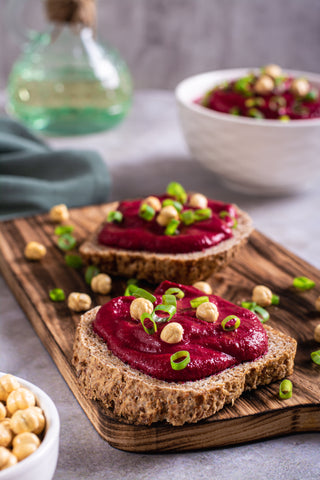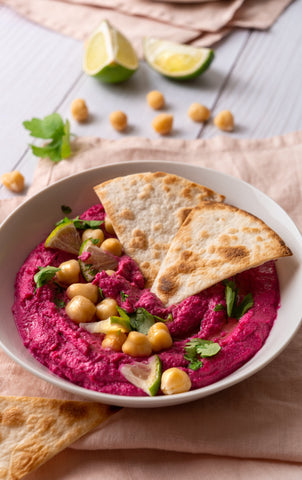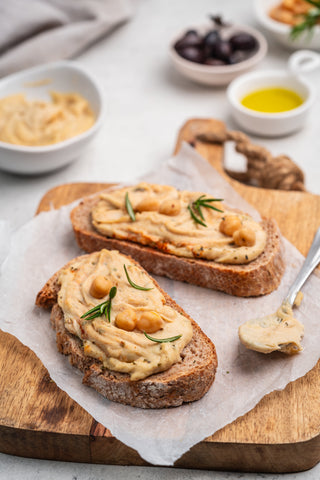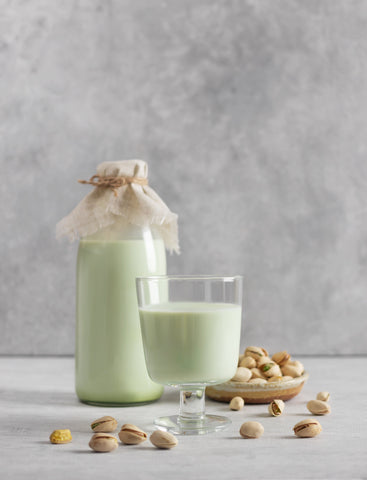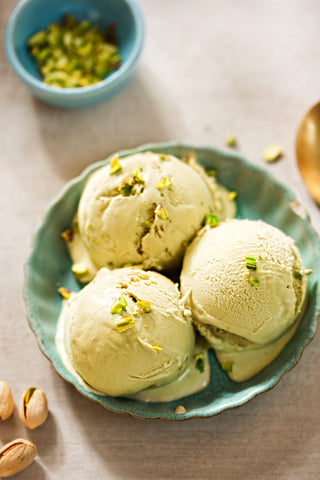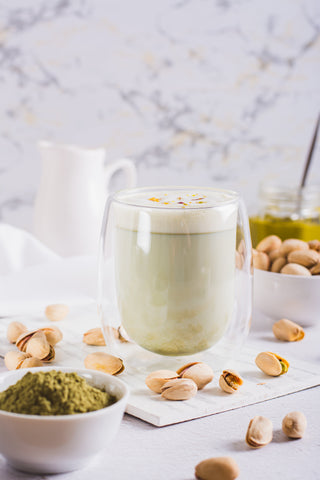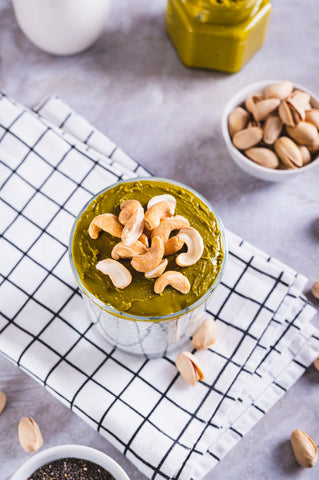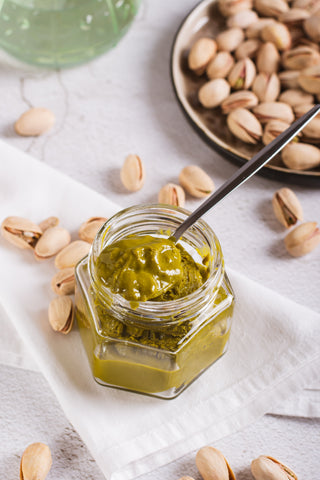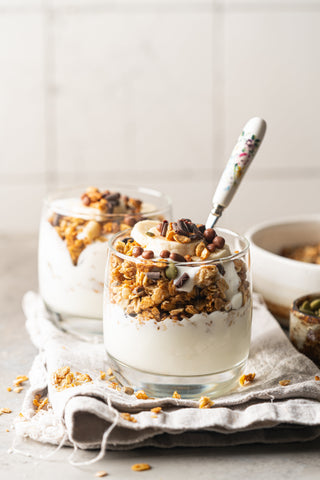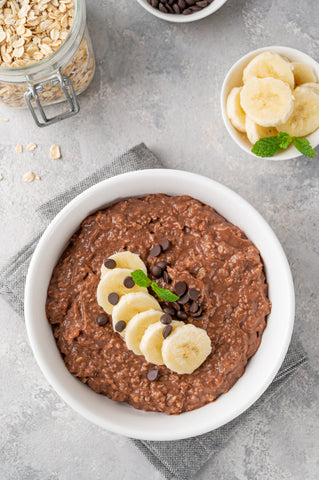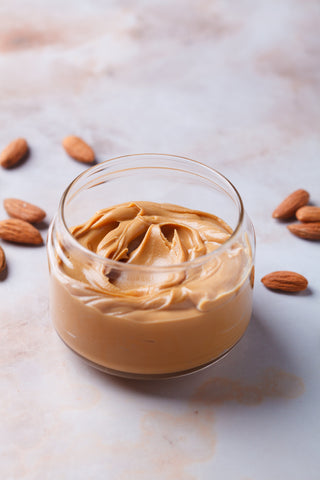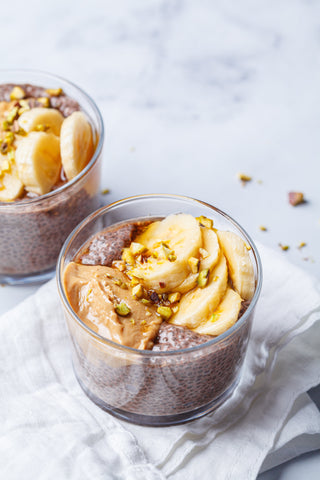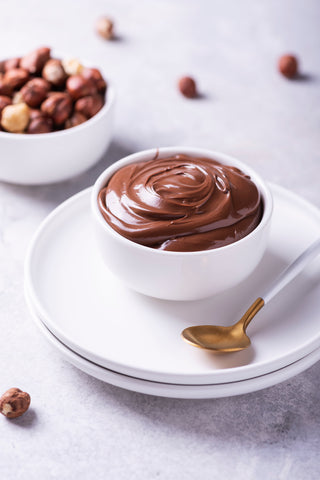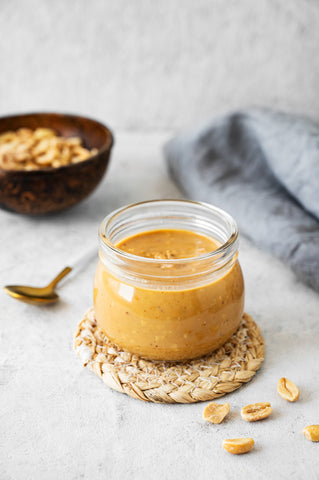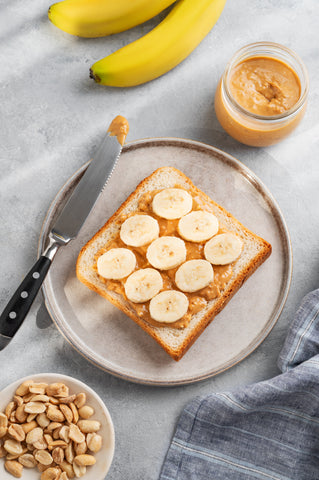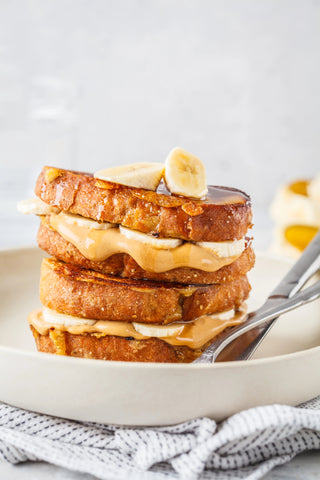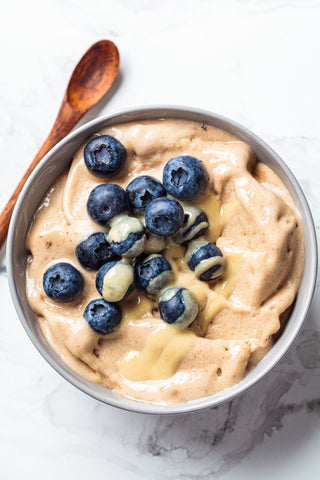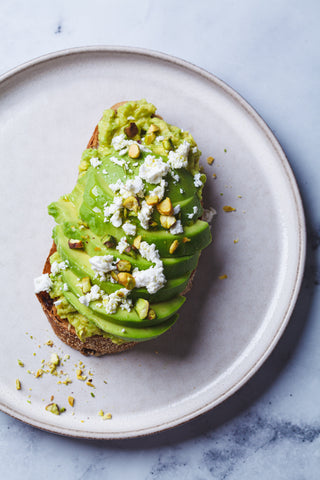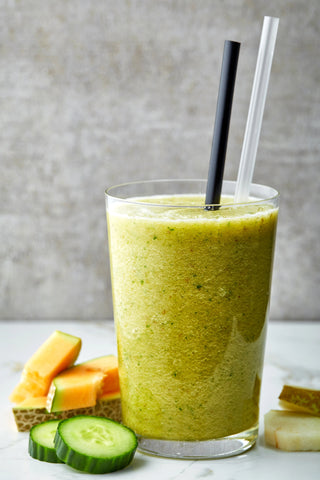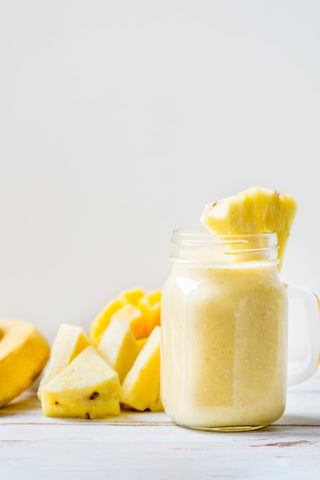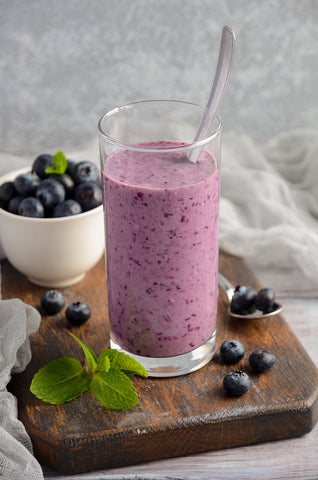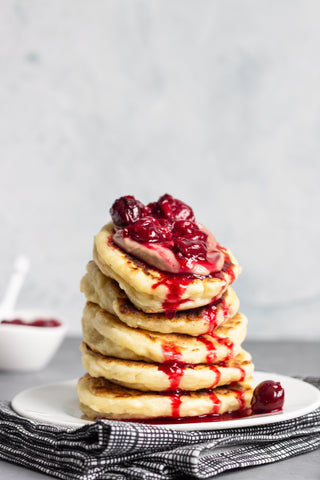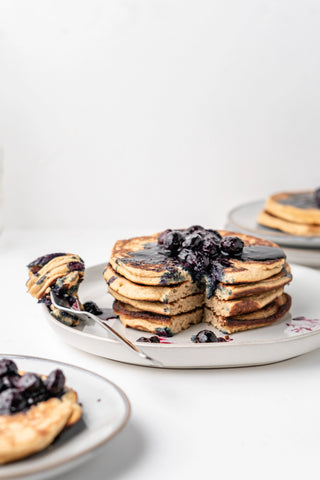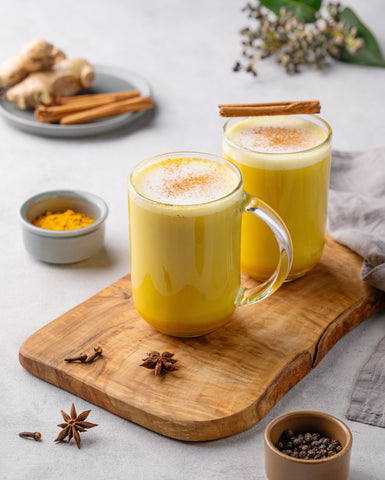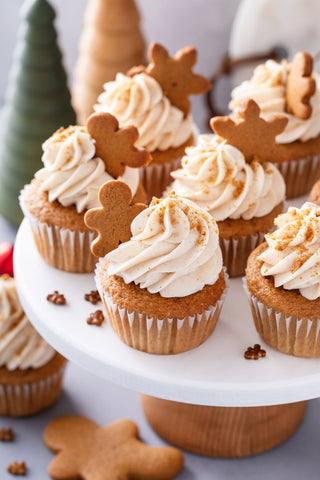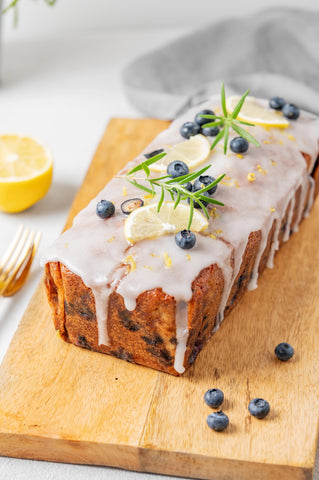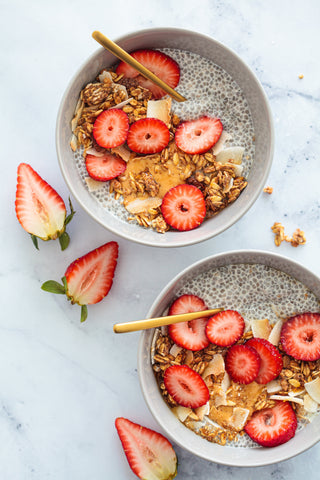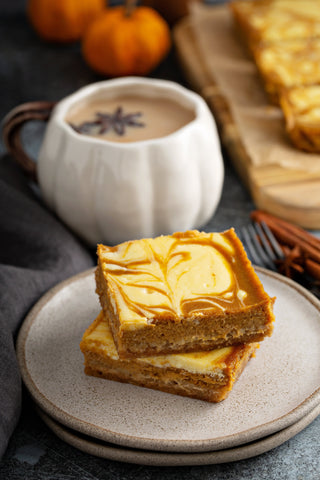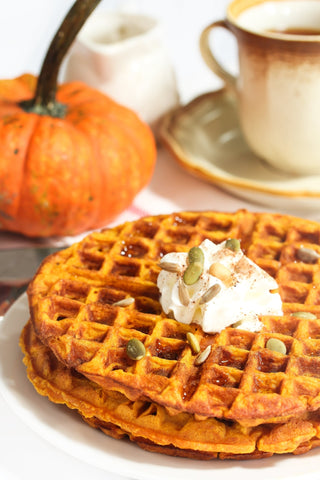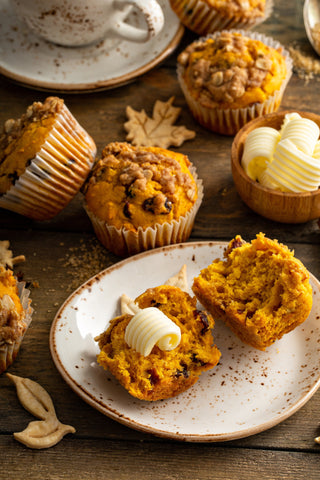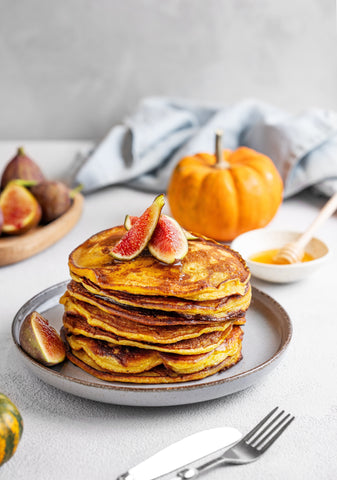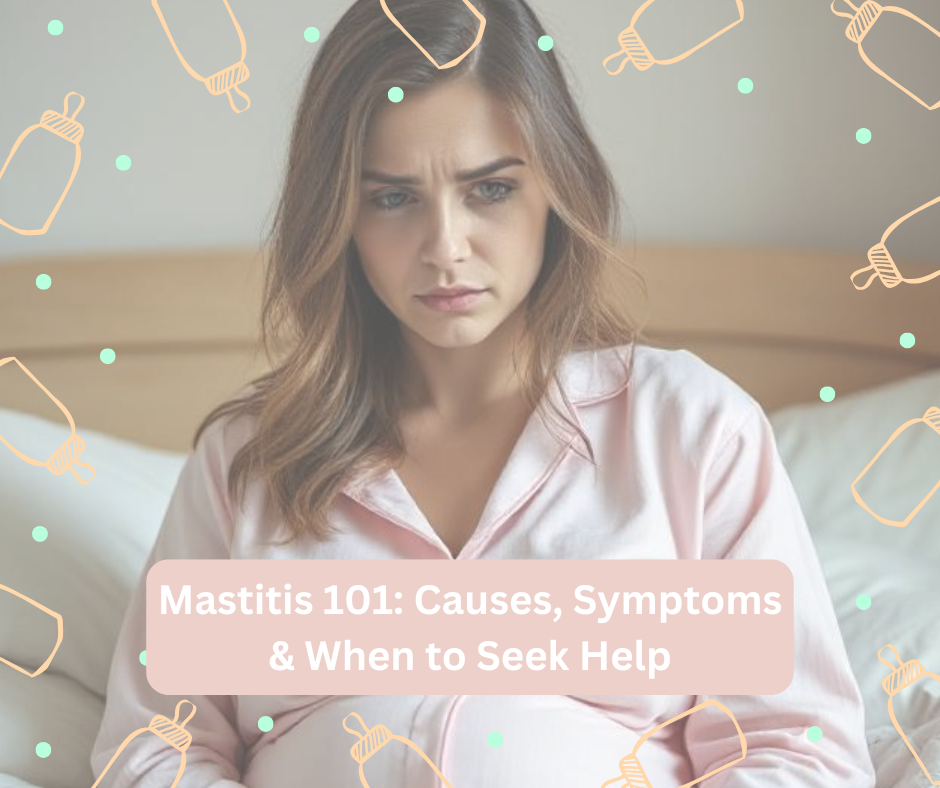
Mastitis 101: Causes, Symptoms & When to Seek Help
Share
Breastfeeding isn’t just about the bond—it’s also about survival. And sometimes, it hurts. A lot. Mastitis hit me like a truck the first time it happened: I was barely a month into nursing twins, exhausted beyond words, and suddenly burning up with fever and pain so sharp I could barely lift my arm.
If you're here, Googling symptoms and trying not to cry—hi, mama. Take a breath. You’re not alone. Let’s walk through what mastitis actually feels like, what causes it, and how you can care for yourself without guilt. 💗
What Is Mastitis in Breastfeeding?
Mastitis is inflammation of the breast tissue—usually in one breast—often caused by a clogged milk duct or bacterial infection. It can sneak up on you fast: one day you're nursing like usual, and the next, you're down with a fever and a breast that feels like it's on fire.
It most commonly shows up in the early postpartum weeks, but mastitis can happen anytime during your nursing journey.
Early Signs of Mastitis Every Breastfeeding Mom Should Know
Recognizing mastitis early can save you from days of misery. Here’s what to look out for:
- 🔴 A red, hot, or swollen area on one breast
- 😣 A painful lump that lingers even after the baby nurses
- 🤒 Fever of 100.4°F (38°C) or higher
- Intense fatigue, body aches, or chills
- 😖 Burning pain during let-down or feeding
- Noticeably decreased milk flow on the affected side
If you’re reading this and nodding—pause. Drink water. Text someone to come help. Your body is waving a red flag.
What Causes Mastitis While Breastfeeding?
Mastitis usually starts with a blocked milk duct. When milk gets stuck, pressure builds and tissue becomes inflamed. Add bacteria—often from cracked nipples or the baby’s mouth—and infection can set in.
Common triggers:
- Going too long between feedings
- Incomplete draining of the breast
- Wearing tight bras or clothing
- Sleeping in positions that compress breast tissue
- Skin damage around the nipple letting bacteria in
Soft, wire-free nursing bras can help reduce pressure—especially overnight. The Bloom & Heal maternity bra is a favorite for a reason: breathable, comfy, and designed to support without restriction.
🌿 Natural Remedies for Mastitis (That Actually Work)
If you catch mastitis early, you can often treat it at home—gently and effectively.
Try these:
- Nurse often, starting with the painful side (yes, even if it hurts)
- Warm compresses before feeding to loosen milk ducts
- Gentle massage in the shower or while feeding
- Cold compresses after feeding to reduce inflammation
- Stay hydrated—fluids really matter here
- Rest, rest, rest (say it louder for the overachievers in the back)
Above all, be kind to yourself. Mastitis isn’t a failure—it’s a flare-up. You’re doing your best in a body that needs a break.
When to Call Your Doctor for Mastitis
You don’t have to “tough it out.” Sometimes mastitis needs medical care—especially if an infection has taken hold.
Call your doctor if:
- Your fever goes above 101°F (38.5°C)
- Pain and redness worsen or spread
- The lump hardens and won’t resolve
- You feel faint, dizzy, or increasingly unwell
You may need antibiotics to recover fully. And that’s okay. Getting help is strength.
💗 Preventing Mastitis Naturally
Once you've had mastitis, you’ll probably want to avoid a repeat. (Understandably.)
Here’s what helps:
- Keep nursing or pumping regularly—don’t skip sessions
- Vary nursing positions to fully drain each breast
- Use wire-free, non-restrictive bras like the Bloom & Heal maternity bra
- Stay hydrated and well-nourished
- Watch for early signs of clogged ducts (treat them fast!)
Mastitis doesn’t mean you did anything wrong. But your body is asking for a slower pace—and that’s worth honoring.
👉 For more shame-free, real-life postpartum guidance, check out the Bloom & Heal blog. We’re here to walk with you through every cracked nipple, midnight cry, and tender victory🌿
FAQ: Mastitis and Breastfeeding Questions New Moms Ask
Q: How can I tell if I have mastitis or just a clogged duct?
A: A clogged duct causes a lump and tenderness but usually no fever. Mastitis adds flu-like symptoms: fever, chills, and body aches.
Q: Can I still breastfeed with mastitis?
A: Yes—frequent nursing helps clear the duct and drain the infection. Just start on the sore side if you can tolerate it.
Q: What natural remedies help mastitis?
Warm compresses before nursing, cold packs afterward, hydration, massage, and rest. These can make a big difference if started early.
Q: When should I go to the doctor?
A: If your fever is above 101°F or you feel worse after 24–48 hours of self-care, see your provider. Mastitis can get serious fast.
Q: Does mastitis affect milk supply?
A: It can temporarily lower supply in the affected breast, but frequent nursing or pumping can help rebuild it.
Q: Can I prevent mastitis from coming back?
A: Yes—nurse regularly, use a soft nursing bra, and respond quickly to any signs of plugged ducts. A lactation consultant can help if it keeps recurring.
